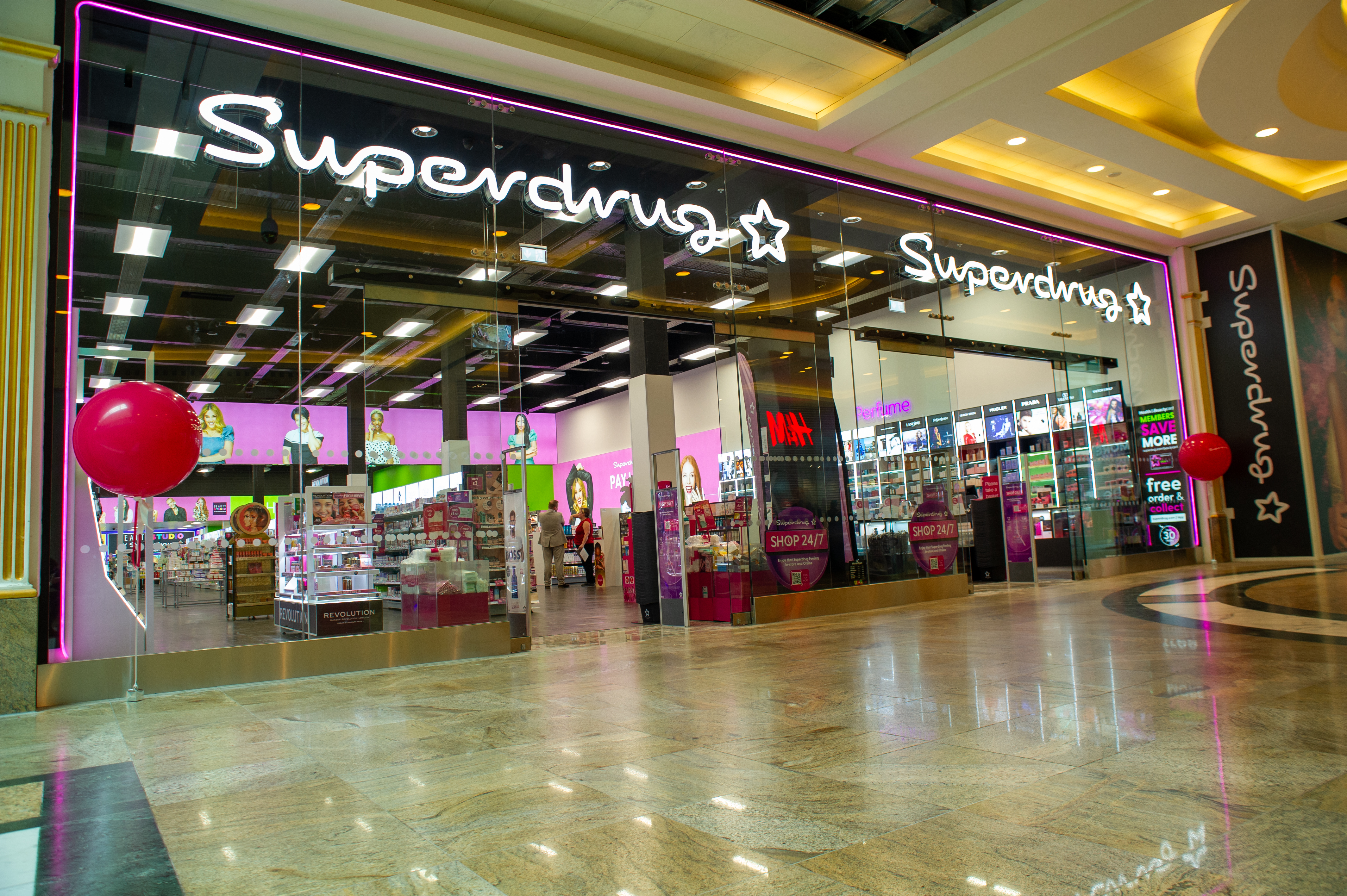Britain’s competition watchdog has said that UK food price inflation has not been spurred by weak retail competition.
The Competition and Markets Authority (CMA) recently concluded an investigation into how the UK’s grocery market was faring at a time of record high grocery prices throughout the cost-of-living crisis.
The regulator’s research centred on competition factors between supermarkets Asda, Morrisons, Sainsbury’s, Tesco, and discount retailers including Aldi and Lidl.
One of the focal areas of the research was on determining to what extent rivalry between retailers ensures they keep their prices as low as possible and whether consumers can shop around to get the best deals.
While food inflation stands at historically high levels, evidence gathered by the CMA concluded that competition issues have not been a driver of this.
The assertion was drawn from findings that operating profits in the retail grocery sector fell by 41.5 per cent in 2022/23 compared with the prior year while average operating margins fell from 3.2 per cent to 1.8 per cent.
The watchdog said this was due to retailers’ costs increasing faster than their revenues, indicating that rising costs have not been passed on in full to consumers.
It was also found that consumers are consciously shopping around to find the best deals on groceries and as a result discount retailers have gained share from their competitors. The watchdog concluded that this finding suggests retailers are restricted in their ability to raise prices without losing business.
One of the CMA'S key conclusions was that rules on unit pricing should be tightened and retailers must comply to “help shoppers compare prices easily”.
Helen Dickinson, chief executive of the British Retail Consortium, welcomed the research, which she said confirmed that despite challenges caused by rising costs throughout the supply chain, the grocery market remains as “competitive and efficient as ever”.
“Indeed, retailers have gone above and beyond to try and protect consumers from rising costs in the supply chain, with operating profits falling significantly to below historic levels,” she said.
Dickinson added that the BRC will take time to reflect on the CMA’s recommendations on unit pricing.
“The CMA itself notes that ‘many of these problems stem from the rules themselves’, and retailers stand ready to support proposed changes to the unit pricing rules,” she added.
Latest News
-
Shein fined €40m over ‘deceptive business practices’
-
Hundreds of products failing CMA greenwashing guidelines, warns Which?
-
Majestic kicks of summer expansion with Thame store opening
-
Asda doubles paternity leave and expands family support benefits for 140,000 staff
-
Asos launches four-tier loyalty programme for UK customers following successful trial
-
Mango launches genAI fashion assistant
Supermicro and NVIDIA’s AI Solution for Retailers
To find out more: click here
Poundland significantly reduces antisocial behaviour, aggression and shoplifting with Motorola Solutions VT100 body cameras
Retail should not be a high-risk occupation. As a company, we are focused on listening to our colleagues and customers to help them with the issues they are facing in-store and so far, the feedback on our body cameras has been excellent. They act as a great visual deterrent, help to de-escalate situations and overall, this project has significantly aided our goal to make the retail environment safer.
For further information on Motorola Solutions’ retail security products, including body cameras, click here.
For further information on Motorola Solutions’ retail security products, including body cameras, click here.
© 2024 Perspective Publishing Privacy & Cookies










Recent Stories